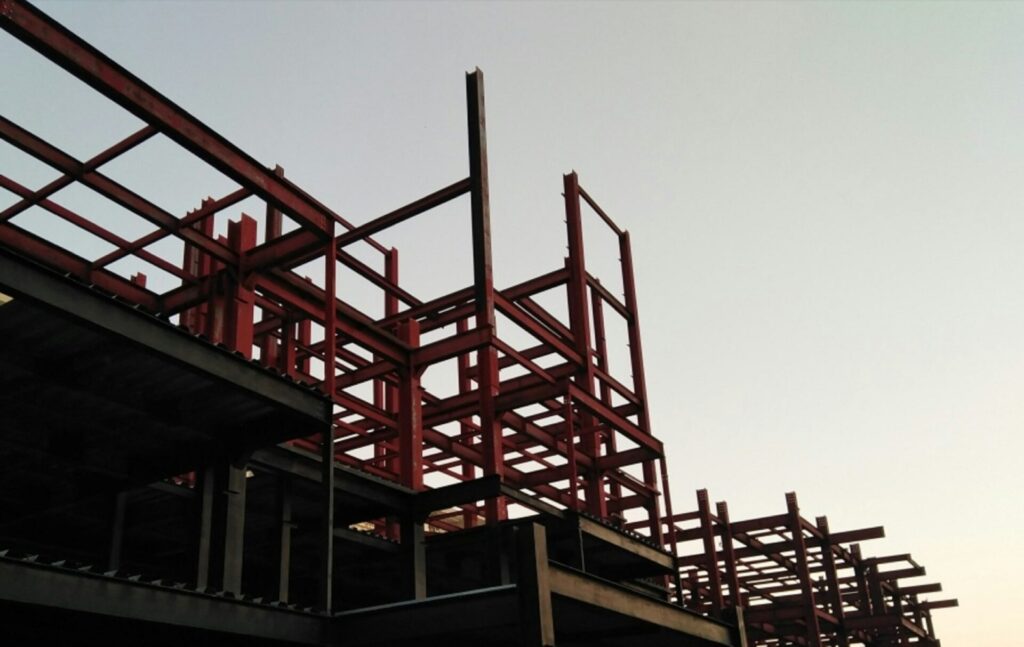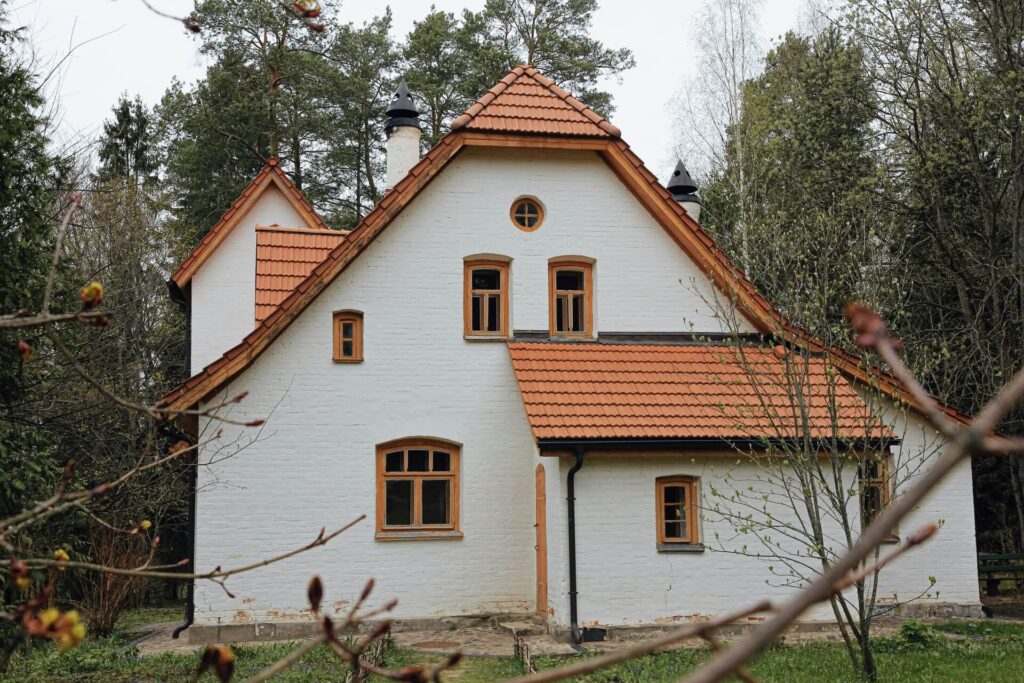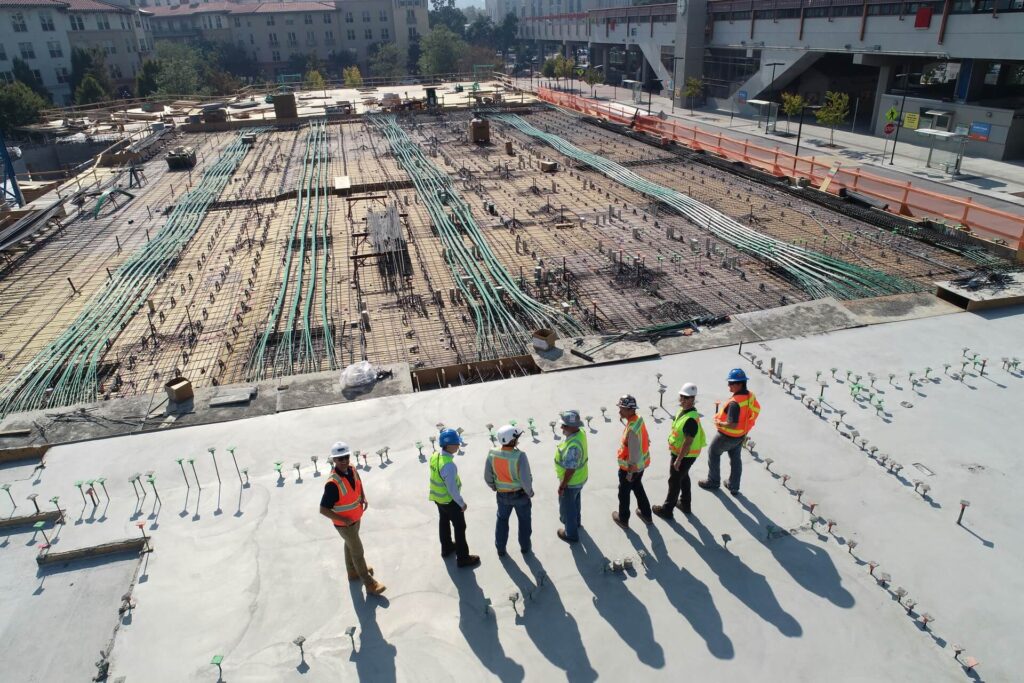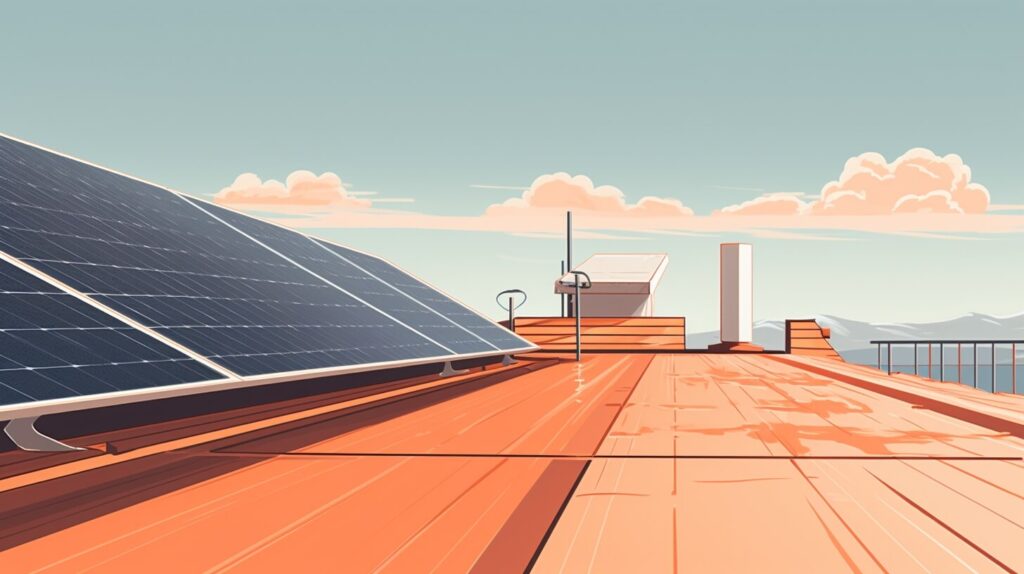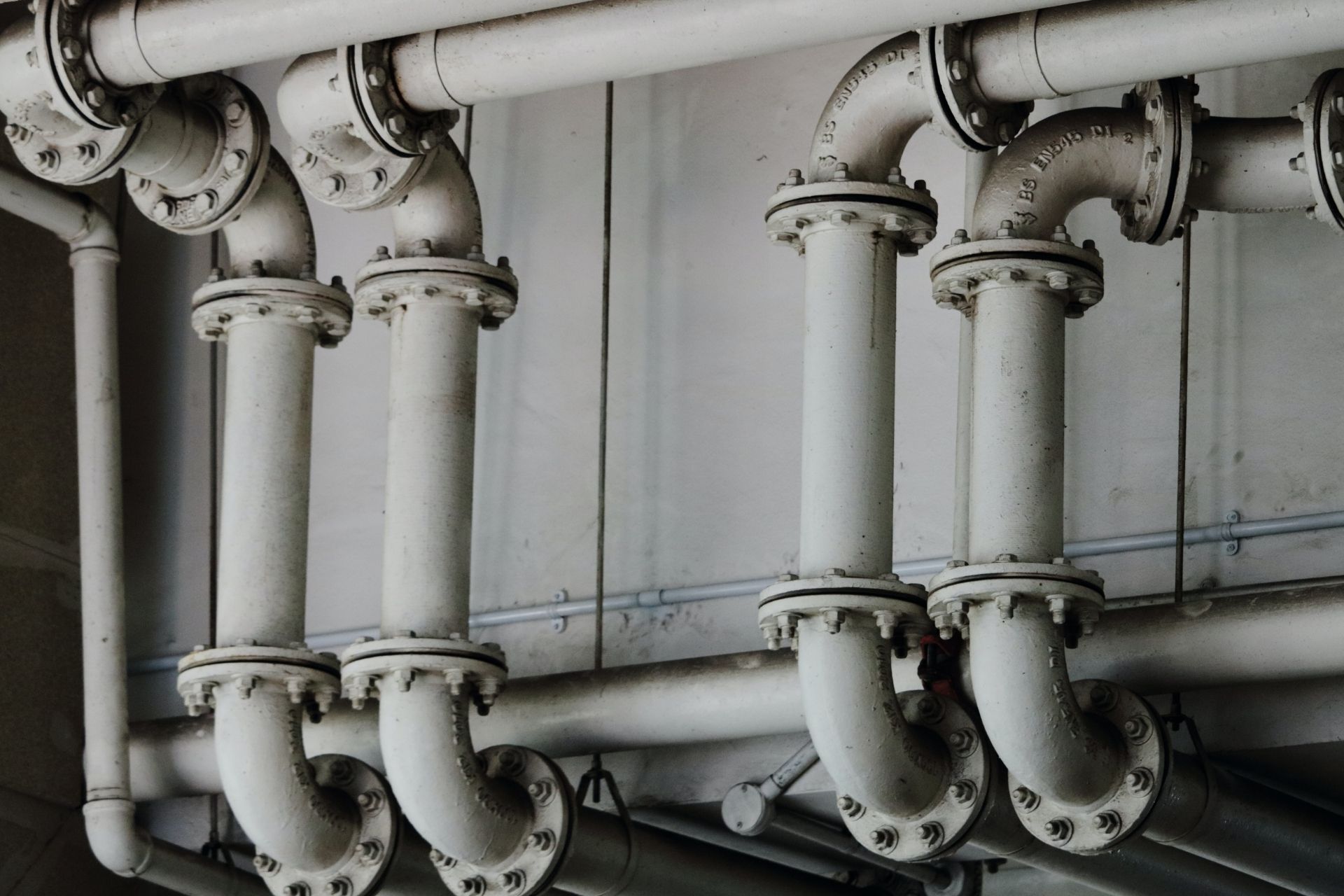
We are reader-supported. When you buy through links on our site, we may earn an affiliate commission.
During the winter you rely on your house to be nice and toasty. Geothermal heating systems can be an efficient option. So, what exactly are geothermal heating units? Here is everything you need to know.
What Is Geothermal Heating?
This is a heating and cooling system that moves heat between the ground and your house. It carries air through loops of underground piping. This is an alternative to traditional heating units that burn fuel to produce warmth.
How It Works
Geothermal heating goes through a refrigeration cycle, involving evaporation, compression, condensation, and expansion. For this process, the refrigerant moves into the compressor as a low-pressure gas. Inside, it’s converted to a high-pressure gas. Then the gas flows into the condenser and turns into liquid, which gives off heat.
The liquid then moves into the expansion valve, which lowers the pressure. The low-pressure liquid moves into the evaporator, where it is changed into a gas. Finally, the hot, low-pressure gas returns to the compressor repeating the cycle. During this cycle, the fluid inside the ground loop absorbs the earth’s heat and moves it to the heat pump. This is where the heat exchangers transfer the warmth into the air.
In traditional HVAC systems, heat is gathered and released through outdoor air. Geothermal heating uses resources from the soil instead. Since the temperature underground remains constant, it can be a good heat source.
Another difference is geothermal heating systems have different components. These include a geothermal heat pump, a geothermal loop, and a distribution system. The loop is a network of buried piping, installed vertically or horizontally. The heat pump helps to move the fluid through the ground loop. Lastly, the distribution system typically uses ductwork to move air throughout your home.
Benefits of Geothermal Heating
Now that you understand how geothermal heating works, you may consider adding it to your home. Here are some of the main advantages of this type of heating system.
1. They’re Efficient
Geothermal heating systems can be more efficient than other types of air conditioners. The ground temperature fluctuates less than outdoor air. So it requires less energy to warm your home. In fact, they use 25% to 50% less electricity than standard units.
By saving electricity, you can also reduce your heating and cooling bills. With these savings, you can focus on making other home improvements. Also, energy-efficient appliances can increase the resale value of your home.
2. They Provide Long-Term Savings
Geothermal heating has low operating costs, which can save you money down the line. Since they use less electricity, they’re more affordable to run. With fewer moving parts, they require less maintenance, saving you monthly repair costs. The systems also have a longer life span, with the ground loop component lasting over 50 years.
Keep in mind; you still want to change your air filter every three months. This can ensure your filter isn’t clogged. A backup filter could increase your energy bills or circulate dust particles.
3. They’re Eco-Friendly
These systems don’t burn fossil fuels and instead rely on renewable energy sources. They also produce less greenhouse gas emissions than traditional heaters. It takes about 6,400 pounds of carbon dioxide to warm a house with natural gas. These high levels of carbon dioxide can be bad for the environment. They pollute the air and can even impact climate change.
4. They’re Quieter
The heating unit doesn’t come with an outdoor compressor or fan, which are often noisier. They also come with parts, such as mufflers and foam insulation, to reduce sound. Plus, with the equipment underground, you’re less likely to hear it running from inside the house. This way, your family can have a nice conversation and not have to shout over your air conditioner.
5. You Can Receive Tax Incentives
Specific federal and state tax incentives can help minimize upfront costs. Government agencies or utility companies offer financial rewards for homeowners using energy-saving appliances. The renewable energy tax credit gives you 30% credit for systems you install by December 2019. This tax incentive can help cover the installation expenses.
6. They’re Flexible
Contractors can install geothermal heating systems in most regions and climates. Since temperature below ground remains consistent, changing weather conditions aren’t an issue. Other renewable energy sources like solar rely on the elements to function properly. Also, the heating unit can be placed in many different types of homes, even ones located in cities. In these cases, vertical ground loop systems are the best option.
7. They’re a Safer Option
Many traditional heating systems release carbon monoxide during the combustion process. This gas can cause people to become sick. Too much exposure to carbon dioxide can lead to dizziness and confusion. Also, burning fuel can pollute indoor air with nitrogen and other forms of waste. However, geothermal heating doesn’t use combustion, eliminating these health risks.
Things to Consider About Geothermal Heating
Before you go rushing to install this type of system, keep in mind there are a few drawbacks. Here are some things you want to consider before making a purchase.
1. The Higher up-Front Costs
While a geothermal heating unit will save you money down the line, it can be costly to install. It can cost around $10,000-$30,000 to place one in your home. However, multiple factors, such as the type of ground loop, will influence the cost.
Here are some other things that will help determine the overall cost:
- Equipment quality
- Installation complexity
- System size
- Site conditions
2. The Installation Process Requires a Professional
To ensure your unit is sized, designed, and installed correctly, you need an expert. This is usually not a DIY home improvement project. Improper installation can become a safety concern for your family.
The first step of the installation process is to determine the right equipment for your home. This can depend on factors, such as the size and thermal efficiency of your home. The next step consists of burying the geothermal loops underground. Then you want to connect them to your house pumping module. The final steps are to place the air handling cabinet and add a liquid solution.
3. The Process Can Disrupt Your Landscape
The heavy drilling and digging installation process may impact your backyard. You want to keep this in mind if you have a garden in your outdoor space. The disturbance can also be a safety concern, especially if you have small children. The equipment used to dig into the ground can leave temporary gaps and weaken patches of soil. However, the benefits of geothermal heating may balance out this temporary issue.
4. It’s Still a Newer Concept
Since geothermal heating is still a new idea, few people are familiar with the concept. This means there are fewer trained professionals to install the heating system. Since it can be a complex process, this is one of the downsides. Also, since its’ a newer idea, prices remain higher.
5. The Location Site Limits Installation
Experts need to size and design your heating system based on your home’s landscape. For example, smaller homes may not have enough space for drilling. Also, if you have rocky terrain, the loop field may be harder to install properly. Consider having a professional examine your property before installation.
Everything You Need to Know About Geothermal Heating
If you’re looking for an efficient HVAC system, then geothermal heating may be right for you. It can also lower your monthly bill and reduce long-term expenses. Although, upfront costs may be higher, and the installation process is more complex. So, consider these factors to decide if geothermal heating is the best choice for your home.
